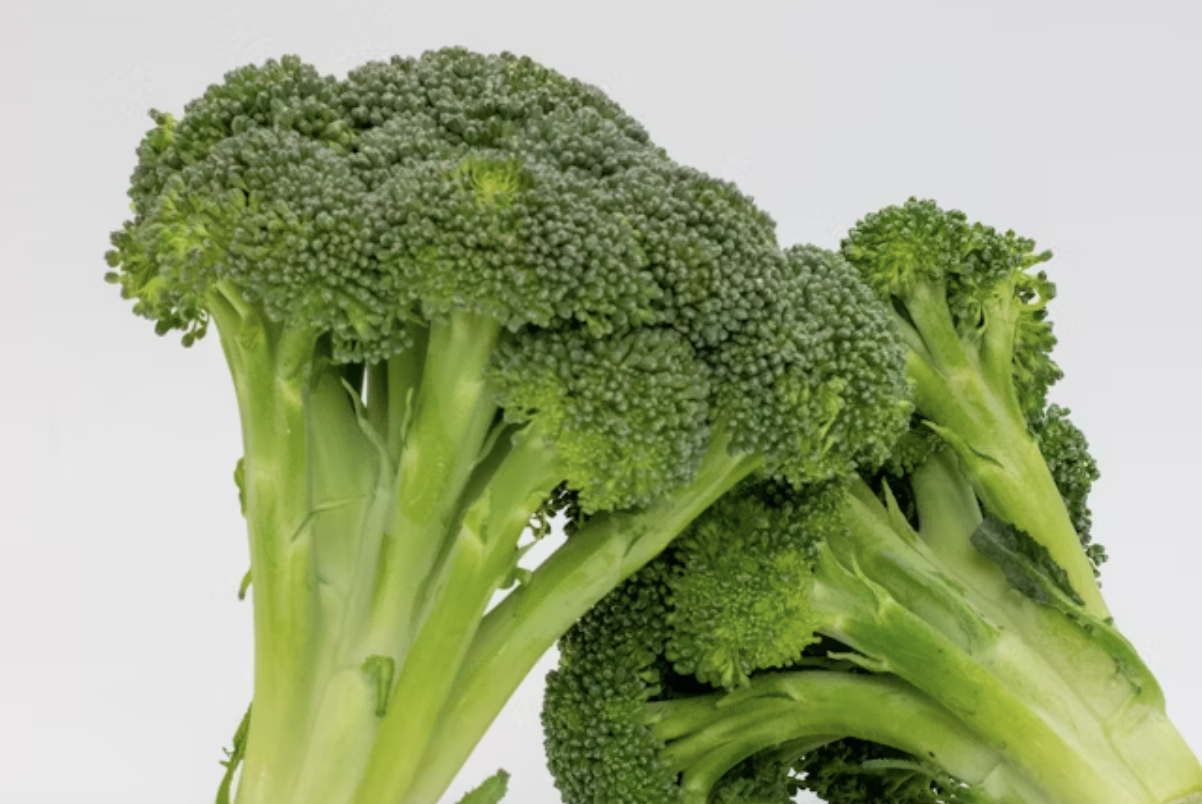Health Coach Tip – Sustainable and Healthy Fabrics

Sustainable living and eco-conscious choices are becoming increasingly vital for our own health and the health of our planet. Beyond just aesthetics and comfort, it’s essential to consider the health implications and environmental impact of the fabrics we surround ourselves and our lives with.
The Healthy and Eco-Friendly Fabrics
- Organic Cotton: Organic cotton is one of the healthiest fabrics. Grown without synthetic pesticides and fertilizers, it reduces the risk of harmful chemical exposure. Organic cotton is also soft and breathable.
- Hemp: Hemp, an incredibly sustainable crop, produces durable, long-lasting fabrics. Hemp fibers are naturally resistant to pests, which reduces the need for harmful chemicals. Hemp fabrics are strong and breathable.
- Linen: Derived from the flax plant, linen is another eco-friendly choice. Flax cultivation requires minimal water and pesticides, making it an environmentally-friendly and responsible option. Linen is breathable and great for hot weather.
- Tencel (Lyocell): Tencel is a type of rayon made from sustainably sourced wood pulp, often eucalyptus or beech. The production process is eco-friendly, using a closed-loop system that recycles water and other compounds involved in the production process. Tencel fabric is very soft.
The Unhealthy and Environmentally Unsound Fabrics
While there are plenty of healthy and eco-friendly fabric options, there are also fabrics that may be detrimental for our bodies and for the environment. Here are a few to be mindful of:
- Polyester: Polyester is a synthetic fabric made from petroleum-based materials. It’s affordable and durable but may release microplastic particles into the environment when washed. Additionally, polyester doesn’t breathe well.
- Acrylic: Acrylic is another synthetic fiber often used in knitwear and outerwear. It’s warm and affordable, but like polyester, it’s derived from petroleum and can shed microplastics during washing.
- Nylon: Nylon is strong and versatile, you may find it commonly in activewear. However, its production process is energy-intensive and therefore, not great for the environment.
- Chemical-Finished Fabrics: Be cautious about fabrics treated with chemical finishes for stain resistance, wrinkle resistance, or flame resistance. These finishes may contain harmful chemicals and are not environmentally friendly.
- Non-Organic Cotton: Conventionally grown cotton relies heavily on pesticides and water, contributing to environmental issues. Non-organic cotton products may also retain pesticide residues, potentially affecting your health.
By making informed choices when it comes to fabrics, you can support both your health and the health of the planet. If you are buying unhealthier fabrics like polyester, thrifting is a great way to revive that 70’s polyester shirt – reuse and recycle!

















